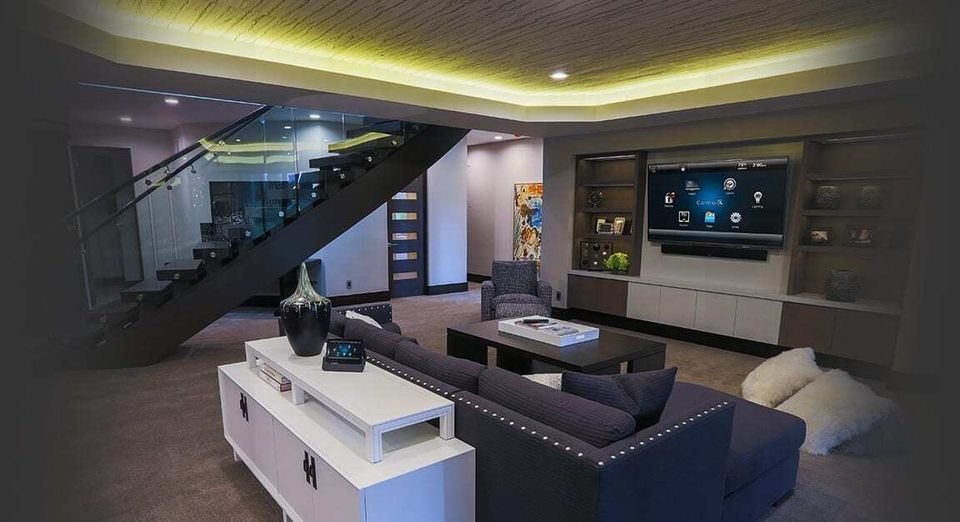Revolutionizing Transmission with Cutting-edge Audio over Internet Protocol Technologies toward a Connected Future
Revolutionizing Transmission with Cutting-edge Audio over Internet Protocol Technologies toward a Connected Future
Blog Article
The realm of media is experiencing a major transformation thanks to cutting-edge audio over IP (AoIP) solutions. These developments are revolutionizing the way audio programming is produced, distributed, and consumed. Audio over IP is defined as the method of transmitting audio streams over a computer system, utilizing Internet Protocol (IP) rather than traditional analog methods. This change not only enhances the quality of audio delivery but also provides broadcasters with greater freedom and authority over their content.
A single key benefit of audio over IP systems is its ability to connect various devices and technologies seamlessly. Traditional broadcasting frequently depended on intricate cabling and tangible links, which could be cumbersome and limited. With AoIP, broadcasters can easily connect mics, mixers, and other devices through a shared infrastructure. This convergence allows for off-site broadcasting and live streaming from virtually any place, making it easier to reach audiences across the globe. As a consequence, broadcasters can respond quickly to current issues and listener requests, leading to more vibrant and captivating content.
Additionally, AoIP systems facilitates superior audio standards that improve the listening encounter. Unlike traditional broadcasting techniques, which may diminish sound standards, audio over IP can preserve the integrity of the audio signal during the delivery process. This means that listeners can enjoy clearer and richer sound, whether they are tuning in via terrestrial radio, streaming over the internet, or using portable devices. The capability to provide premium audio is especially important for music and talk shows, where each detail matters to the audience.
Additionally, the implementation of audio over IP systems can lead to financial efficiencies for broadcasters. By leveraging existing network systems, companies can remove the need for costly hardware and extensive cabling. This not only reduces initial costs but also lowers operational expenses over time. Media firms can distribute resources more effectively, investing in production and talent development. As a result, the entire broadcasting industry can benefit from enhanced creativity and creativity, as financial resources are redirected toward enhancing programming and interacting with audiences.
In conclusion, the shift towards audio over IP systems is transforming the media landscape. By allowing smooth links, improving audio quality, and reducing costs, AoIP is paving the way for a better connected future in media. As broadcasters continue to adapt to these developments, they special info will be better equipped to satisfy the needs of their audiences, produce compelling content, and stay competitive in an constantly changing industry. The prospects of broadcasting is promising, and audio over IP will take a key role in defining how we interact with audio programming in the years to come.